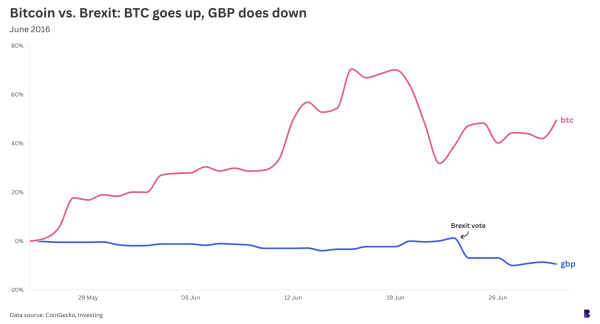Bitcoin vs. Tulip Mania: Why the Comparison Wilts Under Scrutiny
With bitcoin reaching unprecedented heights, critics have come out in full force, dusting off age-old arguments. The tired accusations resurface: calling it a pyramid scheme, claiming it’s worthless because it isn’t physical, or likening it to the infamous Tulip mania. These overused jabs seem to have become a standard playlist whenever bitcoin captures attention.
The Tulip Bubble Myth: Critics Keep Getting Bitcoin All Wrong
As bitcoin (BTC) edges closer to the $100,000 milestone, critics are once again labeling it a scam and branding it “a pyramid built atop a pyramid.” Some have even drawn comparisons to the Tulip Mania from the Dutch Golden Age. This week, an X user commented:
We are in the modern day version of the 1929 Tulip bubble with a digitised coin trying to represent a store of value. This can only end badly.
Naturally, plenty of bitcoin enthusiasts took issue with the statement. Sani, the founder of timechainindex.com, fired back, saying, “Since you mentioned the word Tulip I automatically assumed [you are] ignorant.” Another individual chimed in, “It’s ok to not understand. The same thing happened in the early days of the Internet.” Moreover, the so-called Tulip bubble did not occur in 1929.
Equating bitcoin to the 17th-century Tulip Mania shows a severe lack of understanding. For starters, the story of Tulip Mania is often viewed as overblown and dramatized. Historical records confirm that the Tulip bubble, widely regarded as the first speculative bubble, began in 1634. At its peak, certain tulip bulbs fetched exorbitant prices before the market crashed in Feb. 1637. However, modern research indicates that the frenzy’s scale and effects were likely overstated in many popular retellings.
Drawing parallels between the Tulip bubble and BTC is, frankly, absurd. Tulips were flowers—beautiful, yes, but limited to decoration. Bitcoin, on the other hand, is decentralized, censorship-resistant, programmable money. It addresses real-world issues like remittances, financial sovereignty, and trustless transactions. With a fixed supply capped at 21 million, Bitcoin’s scarcity is baked into its code. Tulips, however, can be grown endlessly. When that realization hit in 1637, the bubble burst.
The Tulip bubble was also a localized Dutch affair, involving a small group of traders. It was so minor that it barely impacted broader Dutch society. Bitcoin, by contrast, has achieved global adoption, involving millions of individuals, financial institutions, corporations, and even nations like El Salvador and Bhutan. The Tulip craze lasted roughly three years in the 1630s, while the Bitcoin network has been thriving for over 15 years—weathering economic cycles, regulatory pressures, and existential threats.
Bitcoin isn’t just digital currency; it’s powered by revolutionary technology like blockchain and the triple-entry ledger. These innovations are now transforming industries with their transparency and security. Tulips, by comparison, had no such network effects. Bitcoin thrives on Metcalfe’s Law (a network’s value grows with its users squared), as every new participant strengthens its utility and trust. Dismissing bitcoin as another Tulip bubble overlooks its technological foundation, utility, and worldwide adoption. It’s like comparing a Ferrari to a horse cart simply because both fall under “transportation.”

